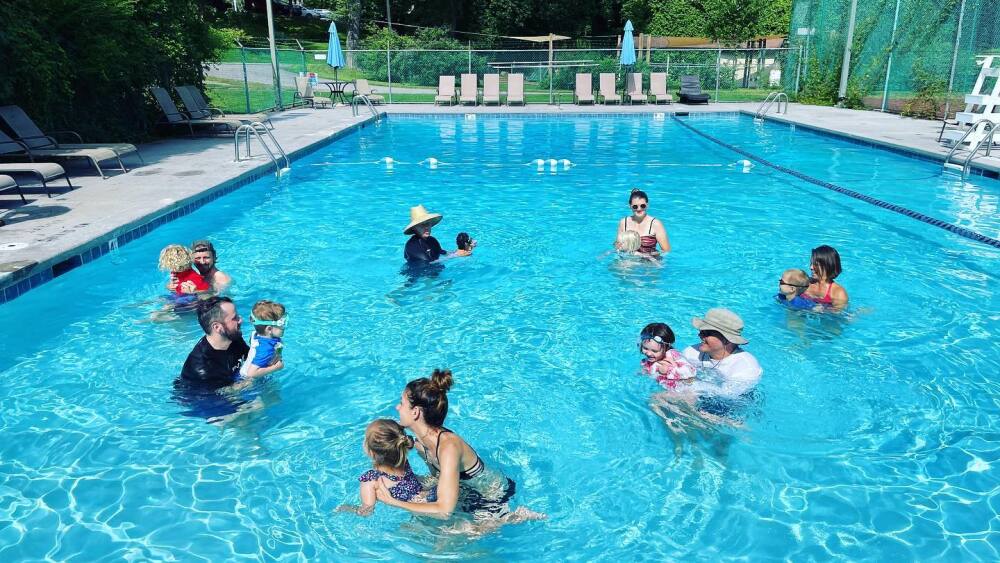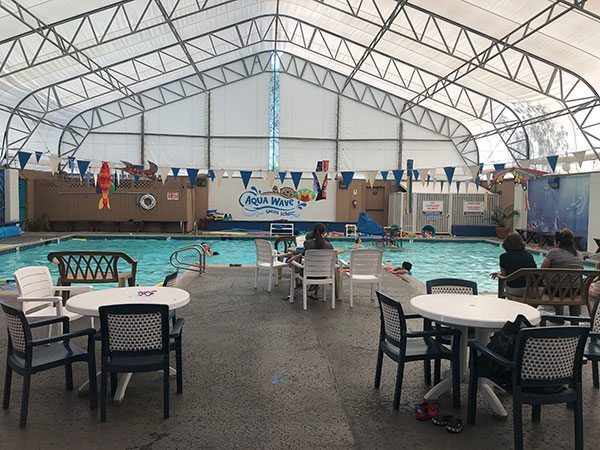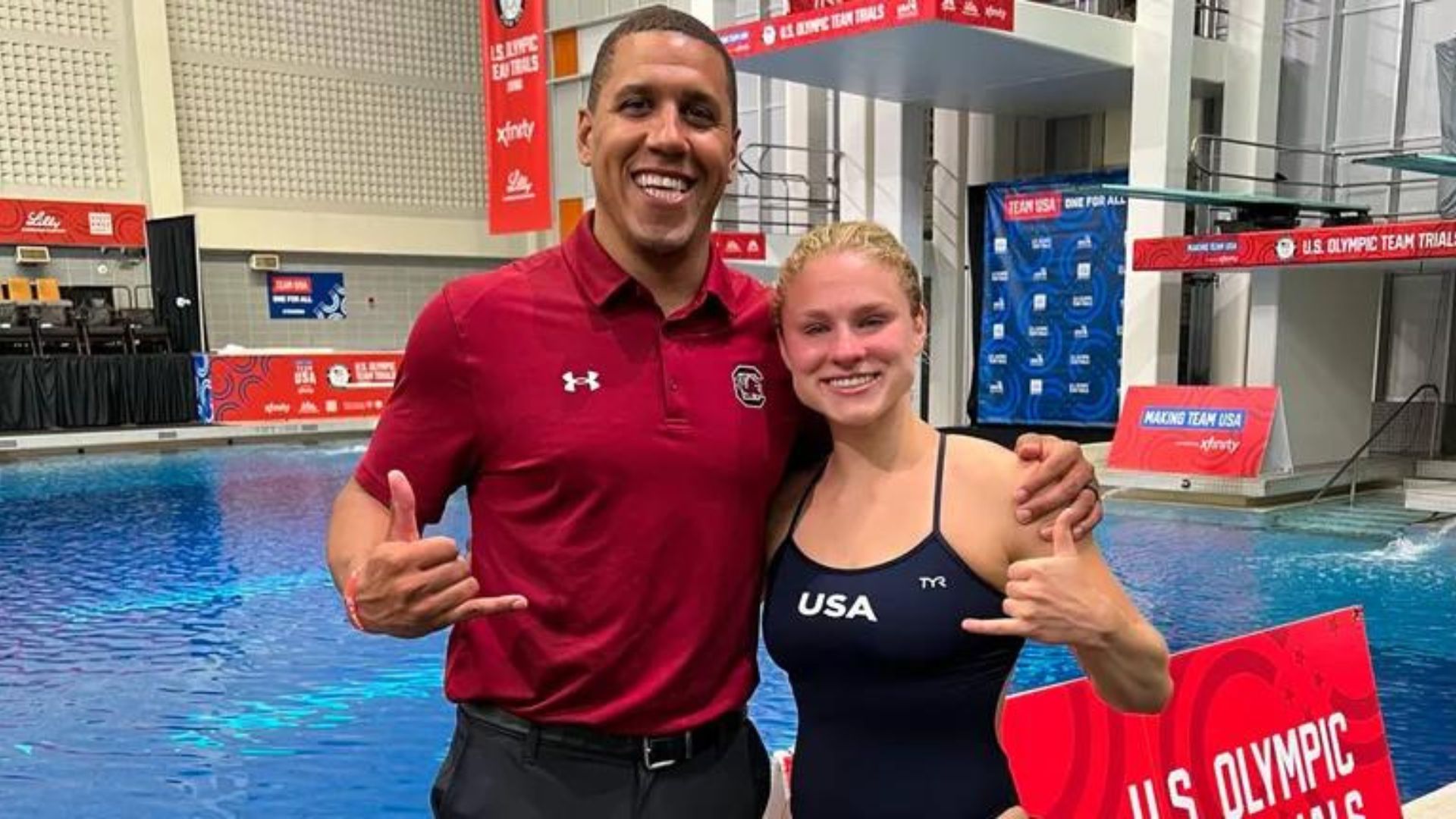When considering joining a local swimming club, it’s essential to evaluate various aspects to ensure it meets your needs and expectations. Here’s a guide on how to effectively assess local swimming clubs before committing.
Introduction: Importance of Evaluating Local Swimming Clubs
Evaluating local swimming clubs allows individuals to make informed decisions that align with their swimming goals, fitness needs, and community engagement desires. By conducting a thorough assessment, potential members can ensure they choose a club that offers the right programs, facilities, and atmosphere for their swimming journey.

Assessing Club Facilities and Amenities
Begin by examining the club’s facilities and amenities. Evaluate the quality and maintenance of the swimming pool(s), locker rooms, showers, and any additional amenities such as gym equipment or social areas. Ensure that the facilities meet safety standards and are conducive to both training and recreational swimming activities.
Reviewing Program Offerings and Coaching Staff
Evaluate the range and quality of programs offered by the club. Look for structured swimming lessons for different age groups and skill levels, competitive swimming teams, fitness classes, and specialized programs like water aerobics or synchronized swimming. Assess the qualifications and experience of the coaching staff to ensure they can provide effective guidance and support for your swimming goals.
Examining Membership Options and Costs
Understand the membership options available at the club and their associated costs. Evaluate whether the club offers flexible membership plans that fit your schedule and budget, including options for individuals, families, seniors, and students. Consider additional fees for coaching, facility use, or participation in events to determine the overall affordability and value of membership.
Investigating Club Culture and Community Atmosphere
Explore the club’s culture and community atmosphere to gauge its inclusivity, camaraderie, and supportiveness. Attend open houses, trial sessions, or social events hosted by the club to interact with current members and observe the overall vibe. Look for clubs that prioritize sportsmanship, teamwork, and mutual respect among members, creating a positive and welcoming environment for all.
Checking Safety Protocols and Policies
Ensure that the club adheres to strict safety protocols and policies to protect the well-being of its members. Evaluate measures such as lifeguard supervision during swim sessions, emergency preparedness plans, and compliance with health and safety regulations. Verify that the club maintains clean and hygienic facilities to promote a safe swimming environment for everyone.
Seeking Feedback and Reviews
Seek feedback from current and past members of the club to gain insights into their experiences and satisfaction levels. Read online reviews, testimonials, and social media comments to understand the strengths and potential areas for improvement of the club. Consider reaching out to individuals personally to ask specific questions about their membership experience and recommendations.
Assessing Accessibility and Location
When evaluating the accessibility and location of a swimming club, it’s crucial to consider several factors to ensure convenience and practicality for regular attendance and participation. Assess the proximity of the club to your home, school, or workplace, making sure it’s easily accessible within your daily routine. Check for adequate parking availability nearby and consider public transportation options if needed, ensuring ease of commute for members without private transportation. Additionally, evaluate the club’s accessibility features for members with mobility concerns, such as ramps, elevators, and accessible facilities. Choosing a swimming club location that meets these criteria enhances your overall experience, making it convenient to engage in swimming activities regularly without logistical challenges.
Conclusion
In conclusion, evaluating local swimming clubs requires careful consideration of facilities, programs, coaching staff, membership options, club culture, safety measures, member feedback, accessibility, and location. By conducting a thorough assessment based on these criteria, individuals can make informed decisions that align with their swimming goals and lifestyle preferences. Whether you’re looking to improve your swimming skills, participate in competitions, or simply enjoy recreational swimming, choosing the right local club ensures a fulfilling and enjoyable experience in and out of the water.



